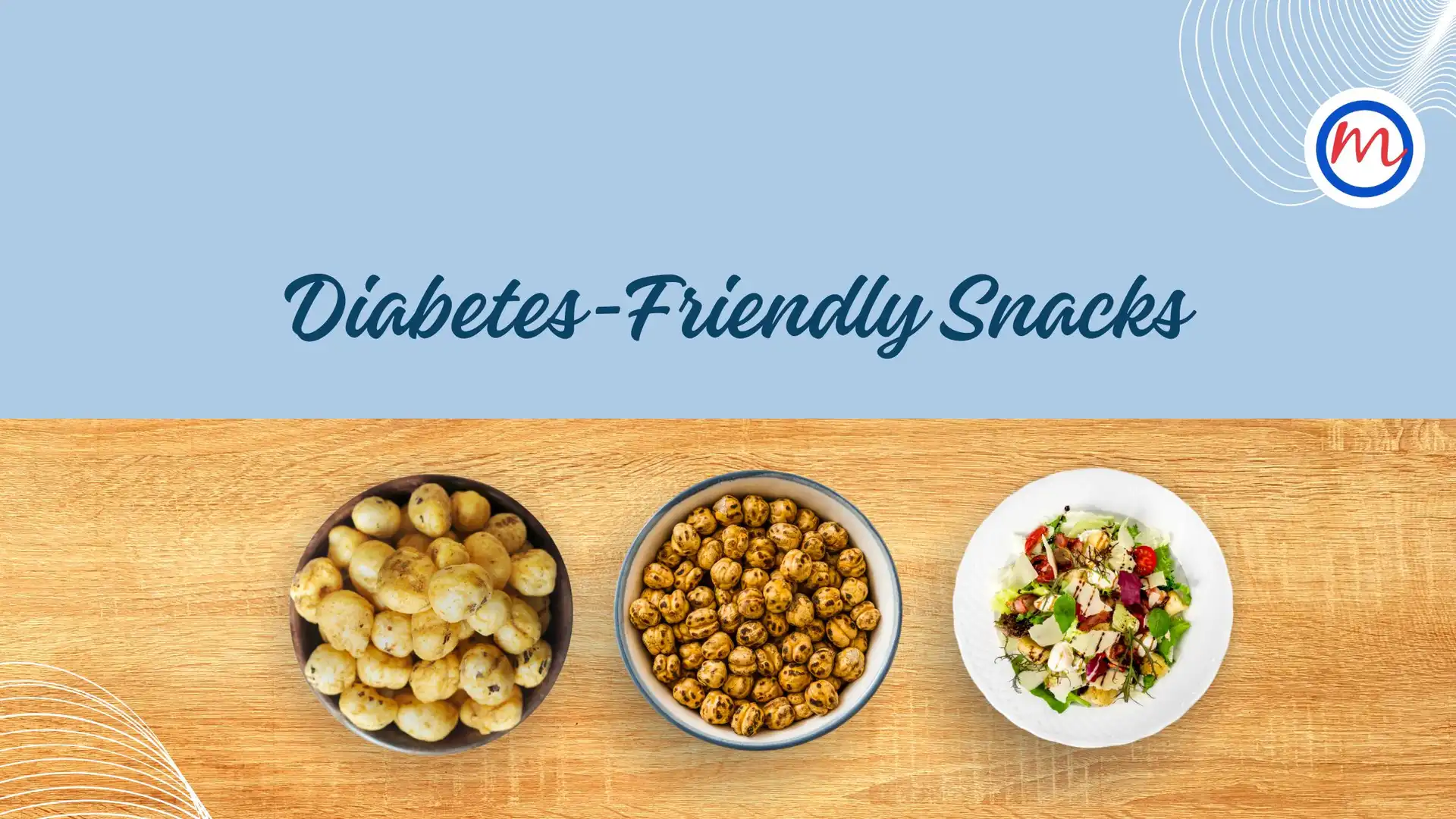What is atherosclerosis?
Atherosclerosis is a disease of the arteries in which a fatty/wax-like substance (plaque) is deposited on the inside of the arterial walls. As this substance builds up, it causes the arteries to narrow. Over time, this narrowing prevents blood flow through the arteries, giving rise to heart attack, stroke/ paralysis, lack of blood supply to the legs (peripheral arterial disease) and poor blood supply to kidneys (renal artery narrowing). Atherosclerotic plaque consists of fatty substances, bad cholesterol (LDL), cellular waste products and calcium. If part of this plaque breaks away, it can travel in the bloodstream to a point where the artery is narrowed enough for the plaque to completely block it. If the affected artery feeds the heart, a heart attack may result, and if it feeds the brain, a stroke may result.
Do diabetic subjects have more risk for atherosclerosis?
Diabetes mellitus in adults is associated with increased death rate in comparison to normal subjects without diabetes. Most of this excess mortality risk is attributable to macrovascular atherosclerotic disease. Thus, it has been recommended that medical management to decrease cardiovascular risk should start when type 2 diabetes is diagnosed. At the very least, medications proven to reduce cardiovascular risk should be prescribed for patients with diabetes and atherosclerotic disease
How atherosclerosis or narrowing of arteries occurs:
Atherosclerosis occurs when cholesterol and calcium deposits build up in the lining of the arteries, narrowing the passageway. This causes blood flow to slow down, or sometimes even stop completely.
Risk factors for atherosclerosis
Risk factors for atherosclerosis are factors that do not seem to be a direct cause of the disease, but are associated in some way with aggravating the growth of the plaque within the artery. Having a risk factor for atherosclerosis makes the chances of getting a condition higher but does not always lead to atherosclerosis. Also, the absence of any risk factors or having a protective factor does not necessarily guard you against getting Atherosclerosis.
The following are the risk factors that increase the chances of getting diagnosed with atherosclerosis:
- High blood cholesterol, especially high LDL (‘bad cholesterol’) and low HDL (‘good cholesterol’) levels
- Aging and being male (women are affected more after menopause)
- Having close relatives who had heart disease or a stroke at a relatively young age
- High blood pressure
- Diabetes
- Smoking
- Stress
- Obesity
- Being physically inactive
What are the symptoms of atherosclerosis?
There are usually no symptoms until one or more arteries are so clogged with plaque that blood flow is severely reduced. This reduced flow of blood and oxygen to some part of the body (such as the heart) is called ischemia and may cause pain or discomfort. Some people have no symptoms until a blood clot forms, completely blocks an already narrowed artery and causes a heart attack or stroke. The symptoms depend on which arteries are badly clogged and what part of the body is affected by the reduced flow of blood.
If arteries taking blood to your heart muscle are affected, you have coronary artery disease (CAD). You may have chest pain called angina that happens when you exert yourself and goes away when you rest. You could also have a heart attack.
If arteries taking blood to your brain are affected, you have cerebrovascular disease. You could have a transient ischemic attack (TIA) or a stroke.
If arteries taking blood to your legs are affected, you have peripheral arterial disease (PAD). You may have pain in the calf or thigh muscle called intermittent claudication that happens when you walk. This kind of pain goes away when you stop and rest. This when present over a period of time can lead to severe pain while you are at rest itself called rest pain and this indicates very poor blood supply to the legs leading to critical limb ischemia (CLI).
All of these conditions are serious and should not be ignored. Other arteries in the body can also get affected, when the vessels taking blood to the intestines get affected it can cause chronic abdominal pain not getting relieved by routine medications and when the kidneys get affected it can lead to uncontrolled raise in blood pressure etc. These complications are relatively rare but may sometimes lead to a medical emergency like acute intestinal ischemia called gangrenous bowel or malignant hypertension.
Prevention of atherosclerosis:
Atherosclerosis can get worse over time, but it’s also preventable. The best way to prevent atherosclerosis is to eliminate the risk factors. The risk factors to be eliminated are as follows:
- Smoking
- High cholesterol
- High blood pressure
- Diabetes
- Obesity
- Stress
- Unhealthy diet
- Alcohol intake
- Physical inactivity



